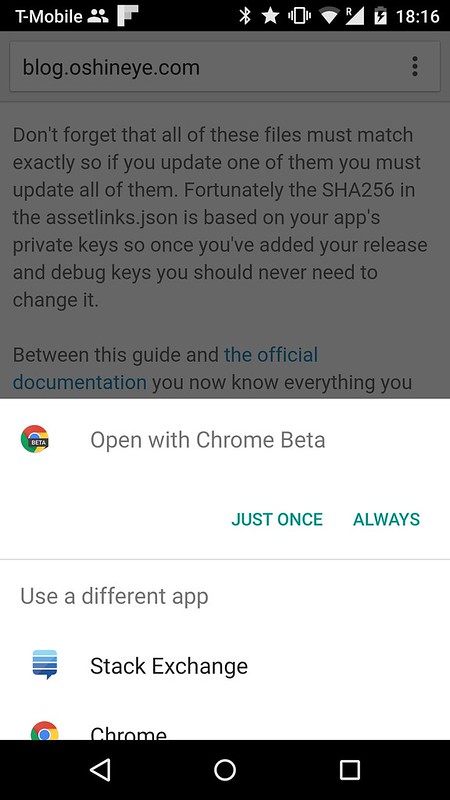As a publisher you have 2 choices. You can either bring the people to your content or you can find ways for your content to flow towards the people. Historically that has meant using syndication technologies like RSS but in these days of #PeakRSS that's no longer sufficient. The audience are no longer just sitting in front of their aggregators. They're sitting in front of activity streams watching reshares and hitting reload on their favourite websites every morning.
To maximise the reach of your content you have to reduce the accidental friction (see Brooks on the difference between essential and accidental properties) involved in sharing to those activity streams. That means making it easy to share (hence the sharing buttons all over the web), making it clear why they should share (hence the various experiments encouraging you to share or tweet specific quotes from an article) and finally making the shareable unit something that can travel easily around the web.
This is where embeds come in. An embed is a card that contains a chunk of a site's functionality that can be ripped out of that site and reused elsewhere.
This can range from music players (like Soundcloud) to video players (like YouTube) to quotes (like Twitter) to whole discussion threads (like Google+). What distinguishes them from glorified screenshots or Xanadu's transclusions is their interactivity. Visitors to your site can interact with this foreign content without abandoning your site.
But isn't this what links are supposed to do? Unfortunately inline links have various problems:
To maximise the reach of your content you have to reduce the accidental friction (see Brooks on the difference between essential and accidental properties) involved in sharing to those activity streams. That means making it easy to share (hence the sharing buttons all over the web), making it clear why they should share (hence the various experiments encouraging you to share or tweet specific quotes from an article) and finally making the shareable unit something that can travel easily around the web.
This is where embeds come in. An embed is a card that contains a chunk of a site's functionality that can be ripped out of that site and reused elsewhere.
This can range from music players (like Soundcloud) to video players (like YouTube) to quotes (like Twitter) to whole discussion threads (like Google+). What distinguishes them from glorified screenshots or Xanadu's transclusions is their interactivity. Visitors to your site can interact with this foreign content without abandoning your site.
But isn't this what links are supposed to do? Unfortunately inline links have various problems:
- they take the user away from your site
- they break silently
- the content at the destination has to be consumed without the context provided by your site
- the destination can't provide guarantees about the experience your audience will receive and thus you can't set reliably expectations for anyone who clicks on the link
- keep the user on your site
- break in ways that are immediately visible
- are consumed in the context provided by your site
- can be constrained to a tiny card with a predictable UX within your site
- convert your social efforts into traffic on your site
- help you keep people engaged with your site
- help you increase the reach of your content
- help you use other people's content to enrich your site


